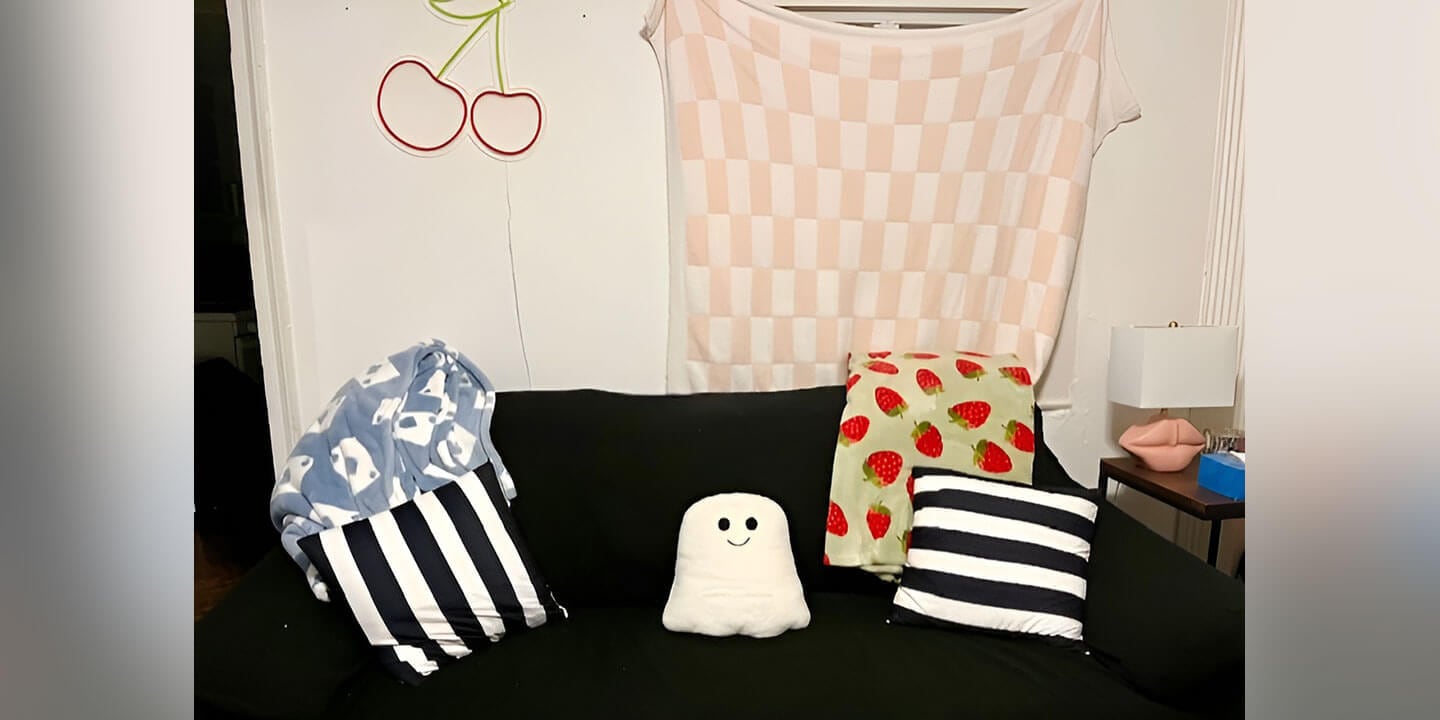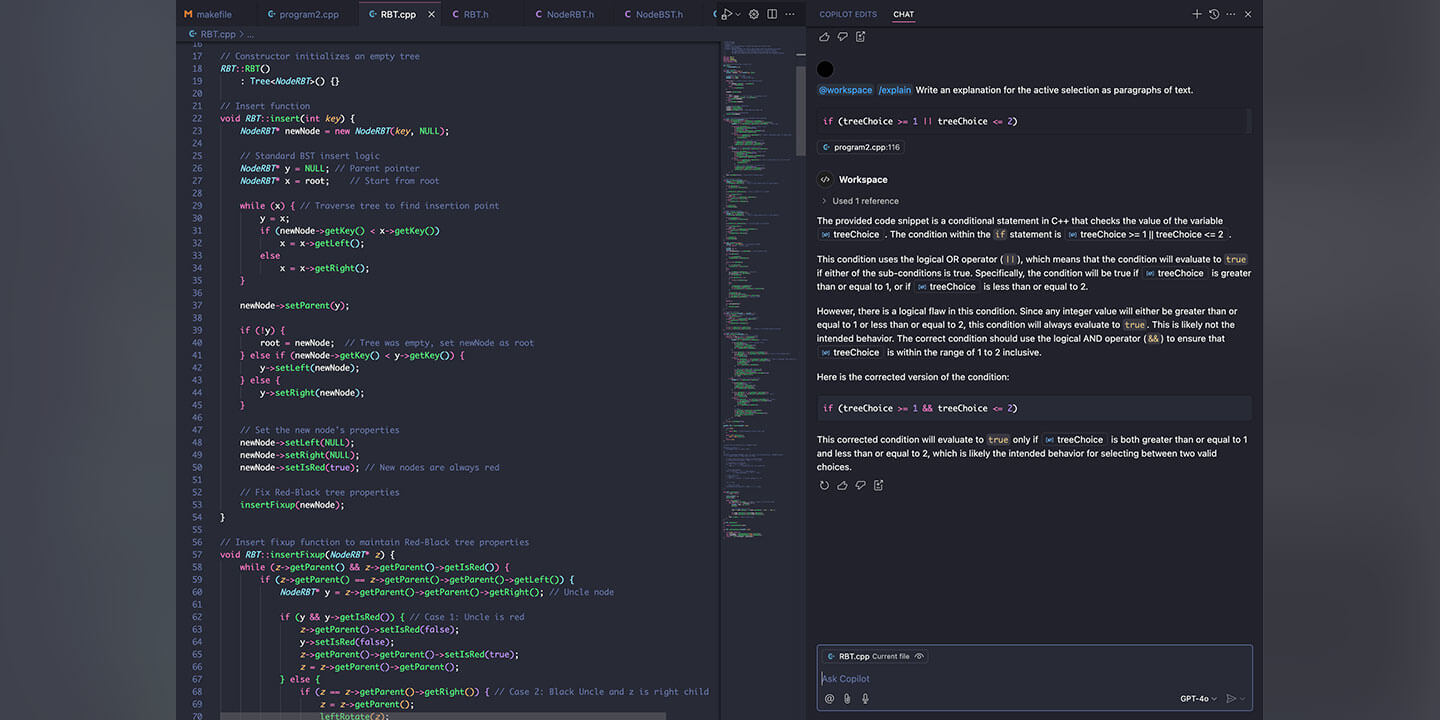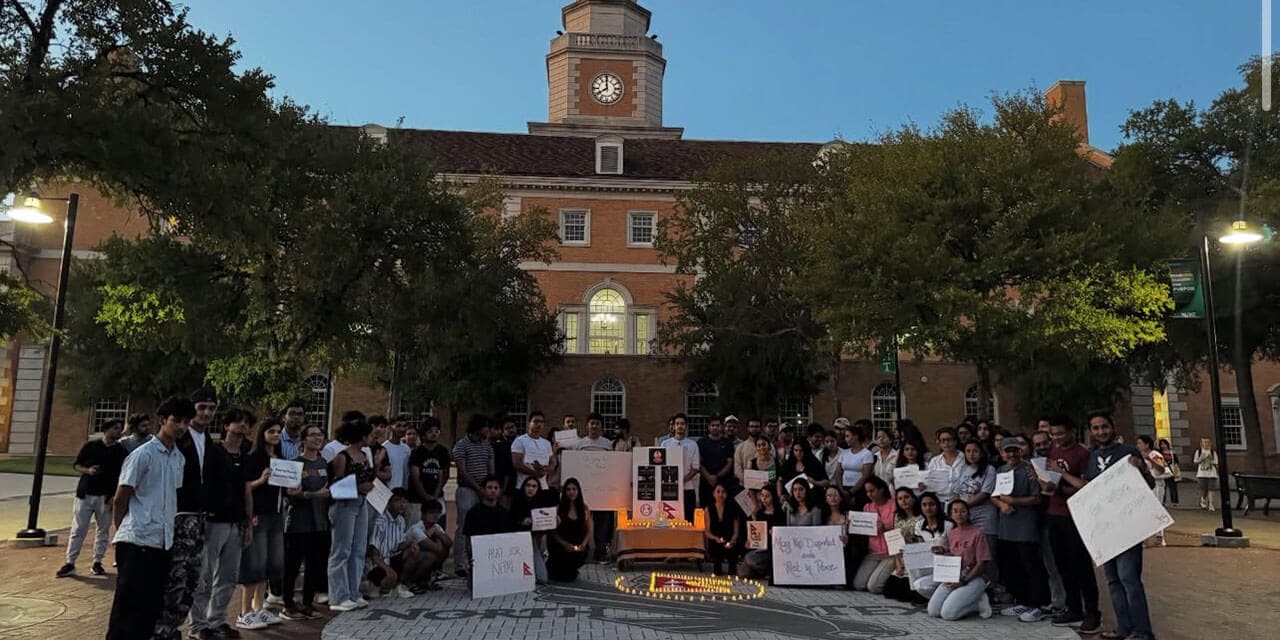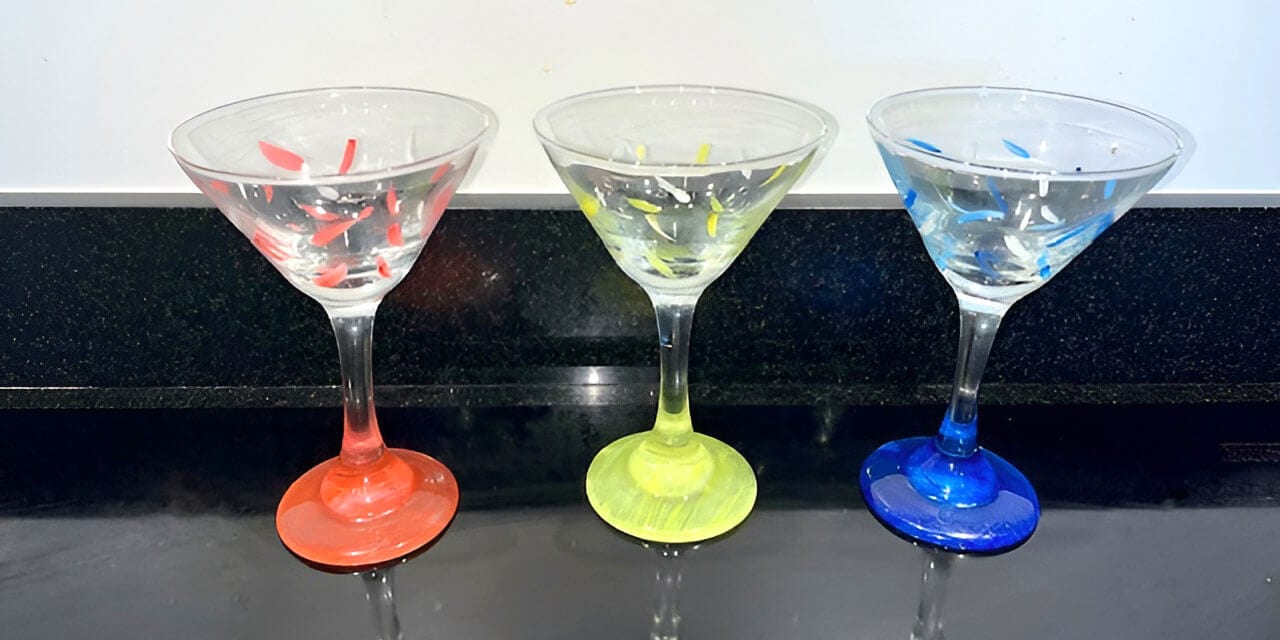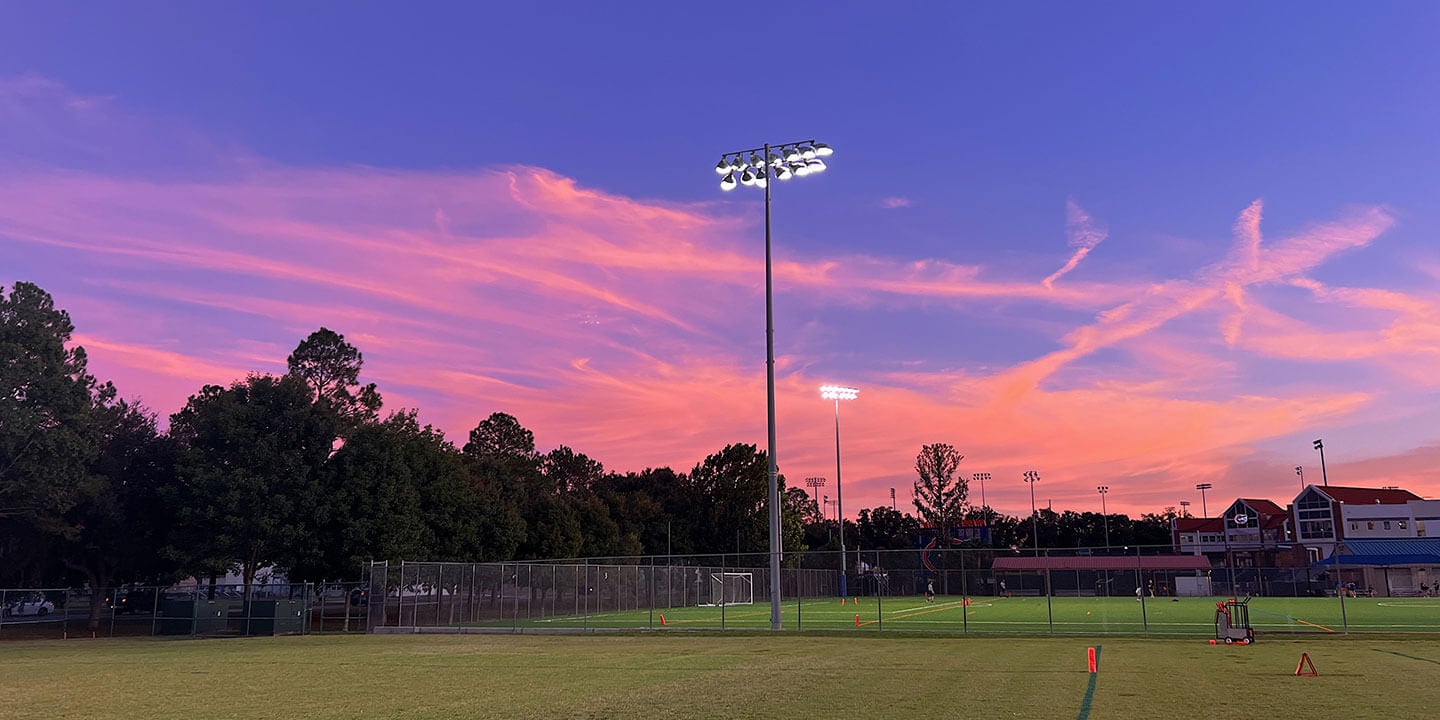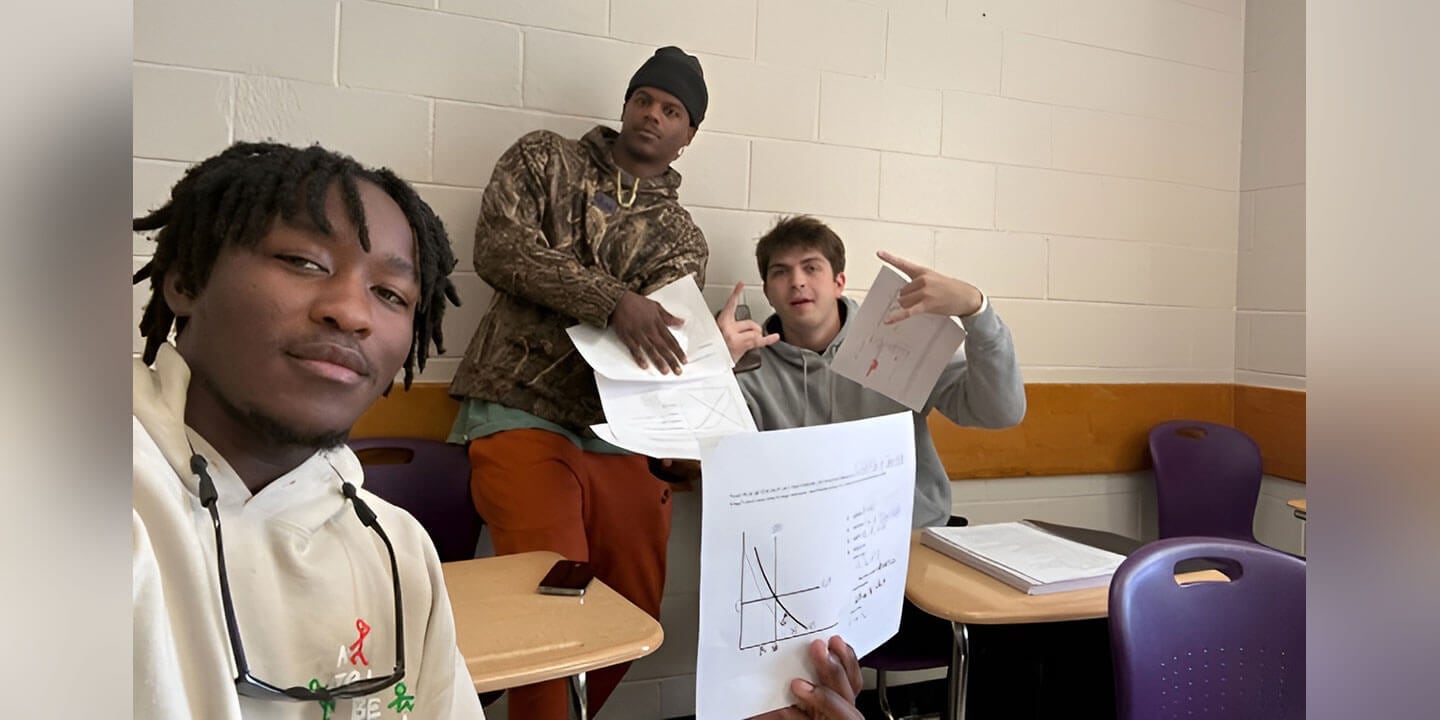
Finding My Path: The Unexpected Joy of Changing Majors
I thought I knew exactly what I wanted to do when I entered college. I was adamant about choosing a degree that would fit my interests and professional objectives. However, as the semesters passed, I realized things weren't going as well as I had hoped.
I was having trouble keeping up with the requirements of my curriculum, and my grades started to decline. Understanding the subject matter wasn't enough; I was also overburdened and, to be honest, ill-prepared for the time management techniques I would need to be successful.
I initially tried to persevere, believing things would improve if I put in more effort. However, despite my best efforts, I was unable to strike a balance. I eventually had to acknowledge that this was not the right path for me. I made the difficult decision to switch my major after giving it a lot of thought and having some painful talks with mentors and family.
Resetting the Clock on Time Management
It felt like a fresh start when I changed my major. I wasn't sure if I was making the right decision because I was entering a field with which I wasn't familiar. In addition, I had to address the behaviors that had first caused my problems, particularly my ineffective time management. I knew that improving my time management skills, staying on top of homework, and balancing my personal and academic lives were essential to succeed in this new major.
I began by establishing modest, achievable objectives for myself. I made a plan to prioritize my tasks and divided my responsibilities into smaller, more realistic chunks. When I needed assistance, I learned to ask for it from instructors, fellow students, or campus resources. I eventually discovered a rhythm that suited me.
Discovering New Passion in a New Major
What surprised me the most was how much I ended up loving my new major. I initially made the change out of necessity, but as I got deeper into the coursework, I realized that this was where I was meant to be. The subject matter fascinated me more than I expected, and I felt more engaged and motivated than ever before. It was a reminder that, sometimes, the best opportunities come from moments when life doesn’t go as planned.
Growth Through Self-Awareness and Adaptability
I learned more from this experience than just the material for a new major. I gained the ability to take charge of my academic path and adjust when things don't go as planned. I also learned how crucial it is to be truthful with myself about my advantages and disadvantages and to make the required adjustments to position myself for success. Most significantly, I came to understand that it is when we venture outside of our comfort zones that we grow.
One of the most difficult but also the best decisions I've ever made was switching my major. It forced me to become more self-aware, more disciplined, and more confident in my capacity to overcome obstacles. I’m grateful for the challenges because they led me to a field I love, proving that sometimes the path we don’t plan is the best one.
Do you have a compelling story or student success tips you’d like to see published on the Pearson Students blog? If you are a college student and interested in writing for us – click here to pitch your idea and get started!

